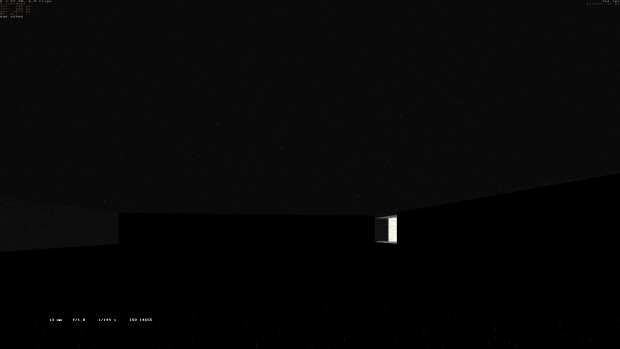Brahma is a 3D game engine with a rather retrofuturistic design, intended for small studios and solo developers. It's being written from scratch in C++ using standard Windows API and no third-party libraries. This technology introduces an entirely new class of low-latency real-time engines that make special timing requirements, treating frames as video fields with a target time budget of 2-4 ms each, down from 16-33 ms frame budgets normally seen in game engines. It evolves in a different way than other modern engines, rejecting conventional BSP, Z-buffer, floating-point coordinates, and most of the lame screen-space effects in favor of innovative and efficient techniques. The engine is non-Euclidean capable to some degree; also it supports true displacement mapping for sectors as a means to virtualize geometry that affects collisions. The engine is also carefully designed to be easy and convenient to develop for, yet versatile and adaptive to any needs.
I've prototyped an efficient method of drawing a point array on top of the environment map to put natural looking stars into the engine.
Like in my previous LNGA mod, the stars can be reprojected from different points with ease. I only have to bring in planetary orbits for adjusting the default galactic coordinates to orient the celestial sphere for a given latitude and longitude on any planet.
The data was taken from the Yale Bright Star Catalog that lists 8925 objects. This amount shall provide an adequate coverage for an unaided eye, without a noticeable framerate impact.
I've tried to approximate photometrically precise magnitudes (and also color) for given exposure settings, but planning to do further research for adjustments, as the projection routine doesn't account for the atmosphere yet.







Awesome sky with stars!
Leon
Thank you!
Kinda interesting how realtime CGI can match real photographs with so little memory usage if the right approach is used.